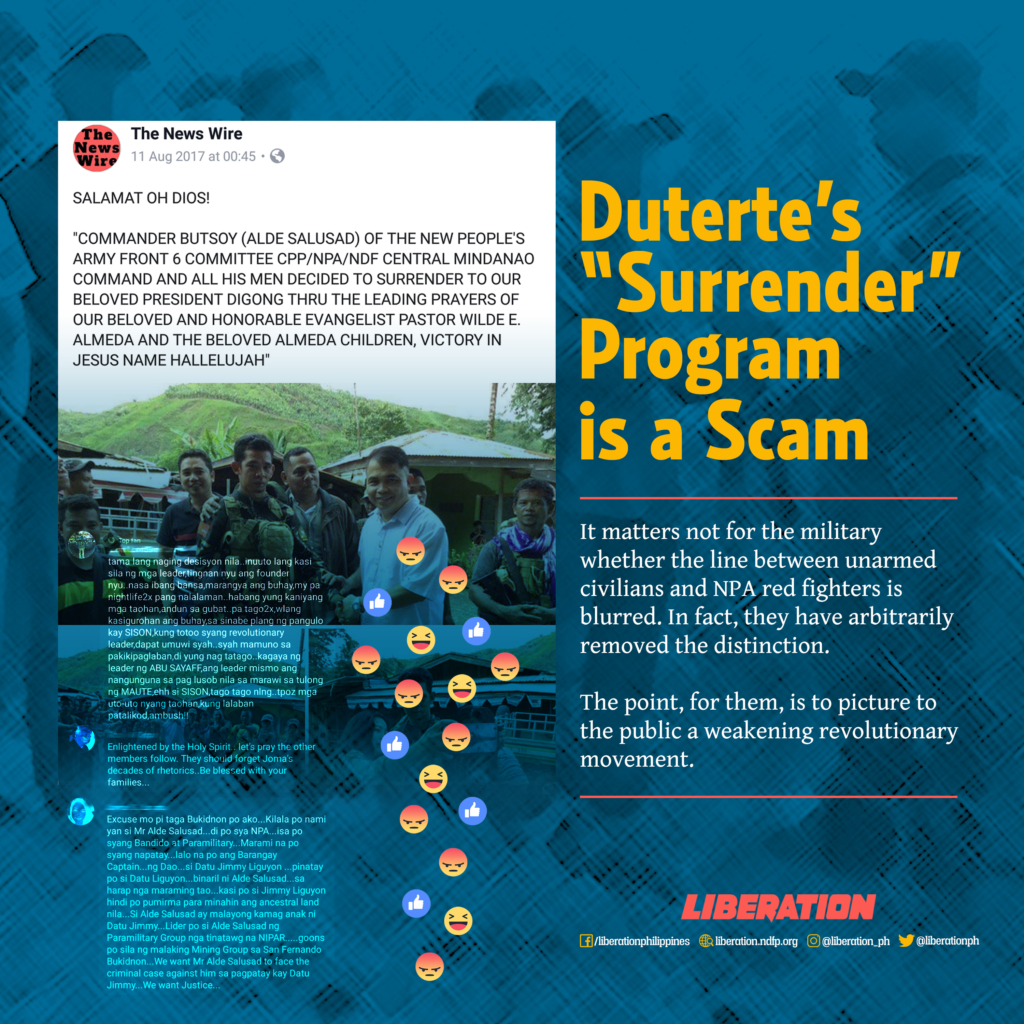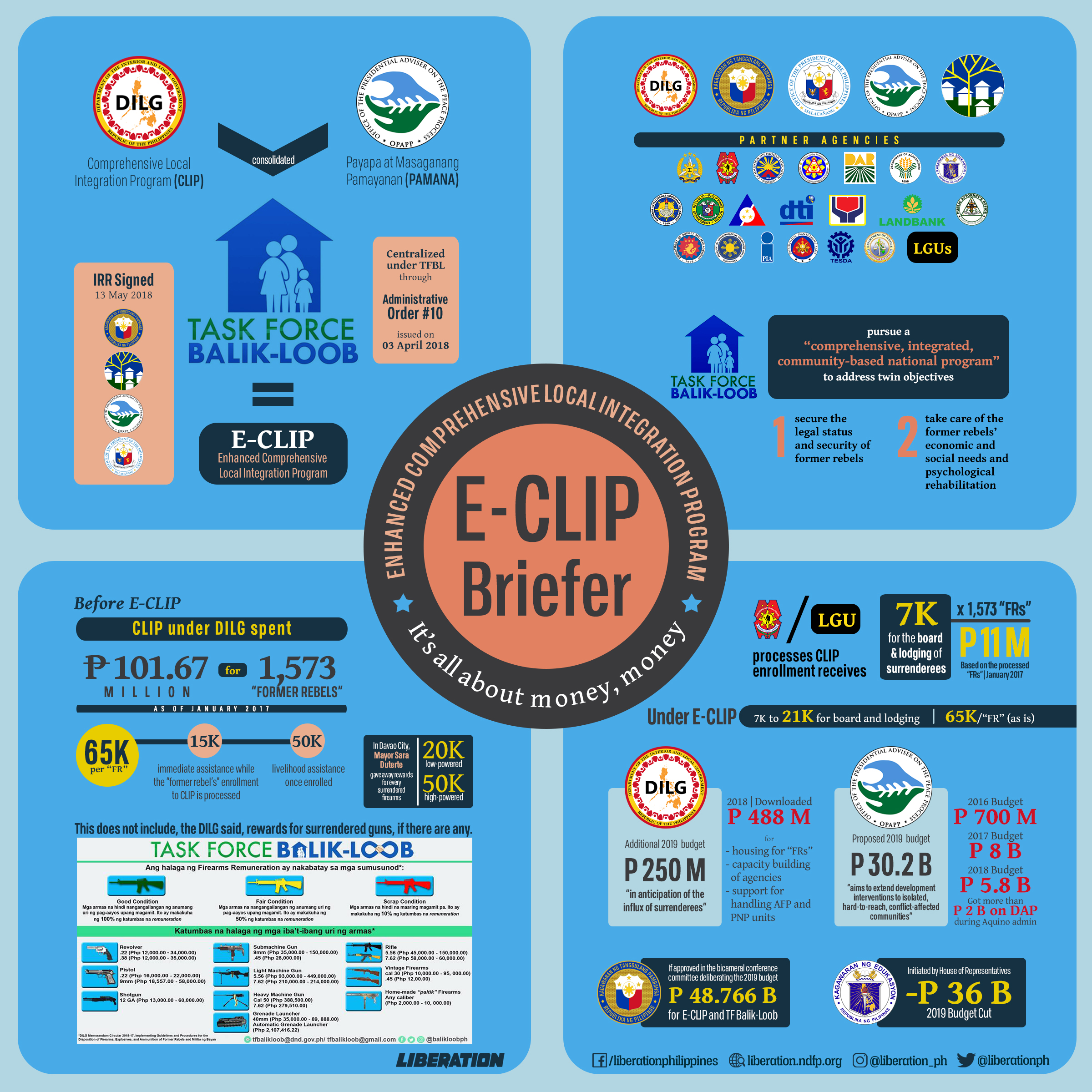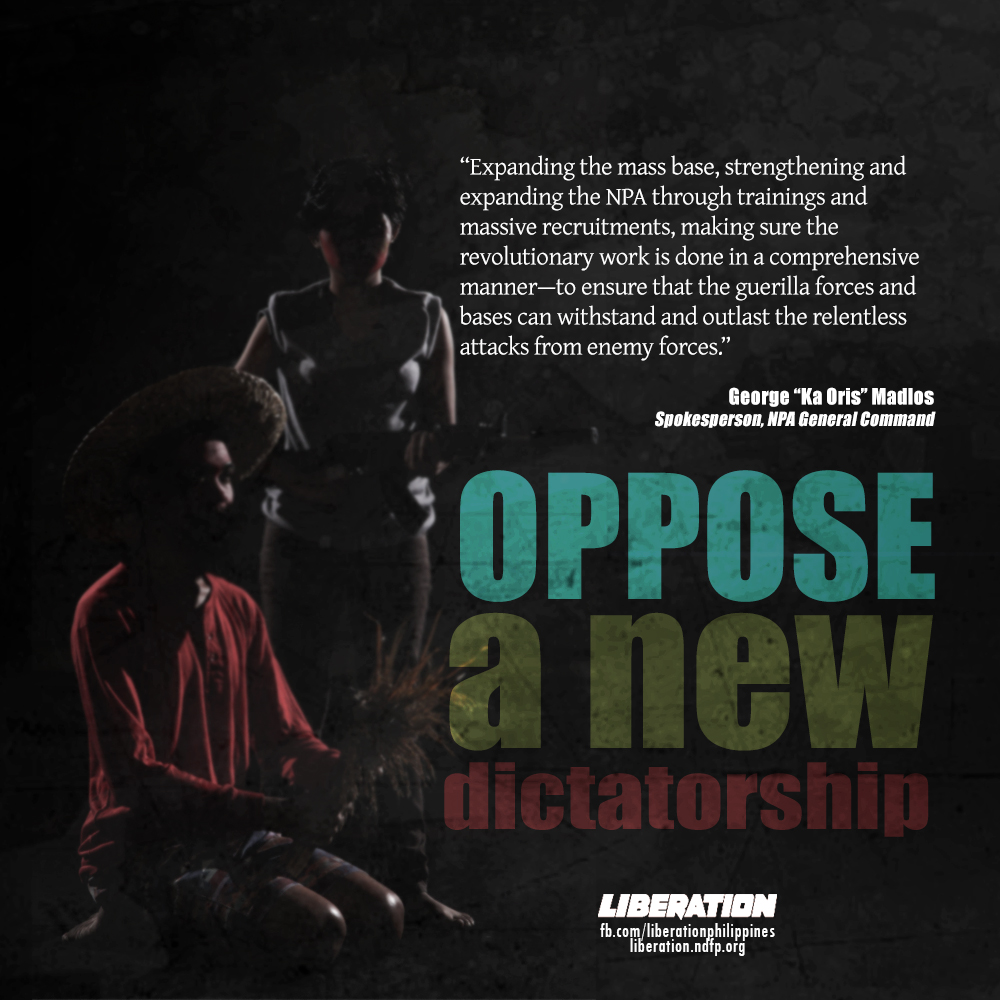AFP Sings Old Tune

For five decades now, the reactionary state and its armed forces have been singing the song, “It’s Now or Never,” popularized by Elvis Presley in the 1960’s. They belt it out in an attempt, at first, to nip in the bud the CPP-NPA-NDF, later to “decapitate” the revolutionary organizations and push the rebels to surrender through various counterinsurgency oplans.
Marcos used this tactic. And so did all the succeeding regimes that took their turns with the “restoration” of elite democracy in the country.
Through the years the pattern has been the same: Employ force and deception, carrot and stick; guns and bullets, artillery and bombs; and the lure of financial and material rewards. Fifty years have passed and yet the tactic has repeatedly failed.
What makes Duterte think he can make it work this time around? He blew his chance when he recklessly abandoned the GRP-NDFP peace talks and instead issued the order: Kill, kill, kill.










